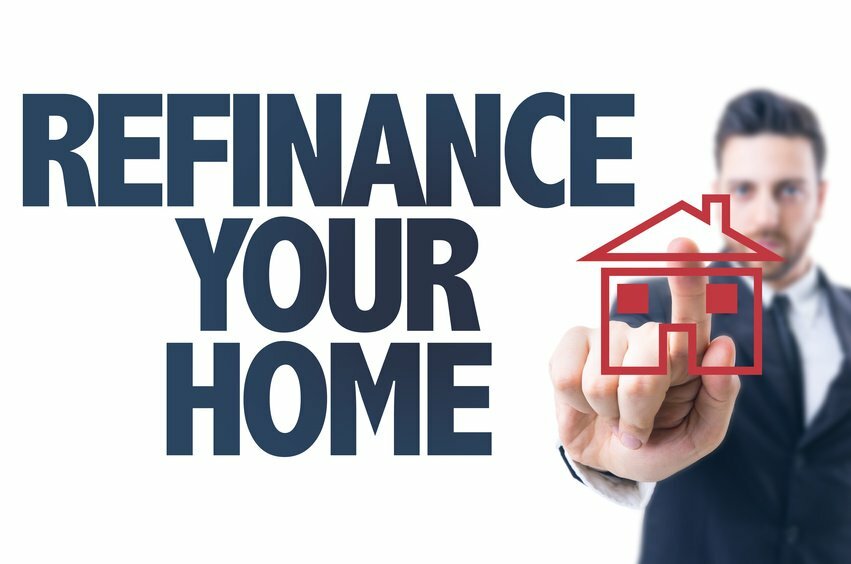People have many reasons for refinancing their homes. Right now, taking advantage of low-interest rates to lower monthly payments is a good reason. Another good reason is when you need to raise cash for another purpose such as your child’s college tuition. Interest rates have been at historic lows for the past year but are now edging higher and expected to continue the upward trend. You’re not likely to see rates any lower in your lifetime than they are right now. If you’ve been on the fence about refinancing, now is the time to decide before rates rise any further.

You must have equity in your home to be able to refinance the mortgage. Most lenders will not approve you for a mortgage refinance until you have at least 20% equity in your home. Fortunately, due to steadily rising home values, almost all homeowners have seen their equity increase in meaningful amounts over the past few years. Home equity represents a combination of the amount of principal you’ve paid off along with the increased value of your home. So if you own a home currently valued at $275,000 with a current mortgage balance of $175,000, this means you have $100,000 in home equity (36%).
However, the math doesn’t always work in your favor to refinance. Two of the big considerations that go into your decision are 1. The closing costs, 2. How long you plan to remain in the home. These two numbers often work together.
Usually, you have two choices when dealing with the closing costs. You can roll the closing costs into the new loan but that means you are borrowing more money and the result is your monthly payment can increase. Your other option is paying the closing costs with cash. If you pay cash, you need to determine how long it will take you to recover that cost through the lower monthly payments. If it will take eight years to recover the closing costs but you only expect to stay in the home for four years, the refinance does not work in your favor.
There is a simple formula to determine the break-even point for the closing costs:
Break-even point (in months) = Total closing costs / Monthly savings amount
Paying off high-interest rate credit card debt is a popular use for a cash-out refinance. Paying off credit card debt that is costing you 15% or 22% can be a wise financial move. Paying down credit card debt can also improve your credit score. The best credit scores go to people that only borrow about 30% of the approved credit limit. Even if you don’t pay it off in full, paying it down can help your score. The important thing is that you don’t just turn around and max the card out again. Better yet, work on making it a habit to put the savings from your lower credit card bill into savings along with what you are also saving with a lower mortgage payment.
On the downside, when you borrow against your equity, you are taking on more debt. You may be putting your home at risk. Many people extend the length of their loan when refinancing. For instance, if you currently have a 30-year mortgage and have been paying on it for 8 years, you only have 22 years remaining. You’ll get the lowest monthly payments by taking out a new 30-year loan, which means you’re starting at the beginning again. If your long-term plan is to own your home free and clear, a new 30-year mortgage probably isn’t the best strategy. You may want to take a look at a shorter-term mortgage such as 20 or 15 years. Of course, your monthly savings won’t be as much with a shorter-term loan.
Refinancing your mortgage is not the only way to consolidate debt. If your credit is in good standing, you can try consolidating your debt with a personal loan. The interest rate will be a little higher than current mortgage rates but substantially lower than high credit card rates.
Another option is a home equity line of credit (HELOC). This allows you to tap the equity in your home and draw from the funds regularly as you would with any line of credit. You can get a much lower rate with a HELOC than your credit cards. It will help lower your monthly costs as long as you don’t run up more debt.
You’ve probably also seen advertising for 0% credit card transfers. These aren’t as attractive because the 0% is only effective for a limited number of months but can be a good choice if you’re serious about paying off the debt quickly.
Please share by leaving a comment.
Also, our weekly Ask Brian column welcomes questions from readers of all experience levels with residential real estate. Please email your questions, inquiries, or article ideas to [email protected].